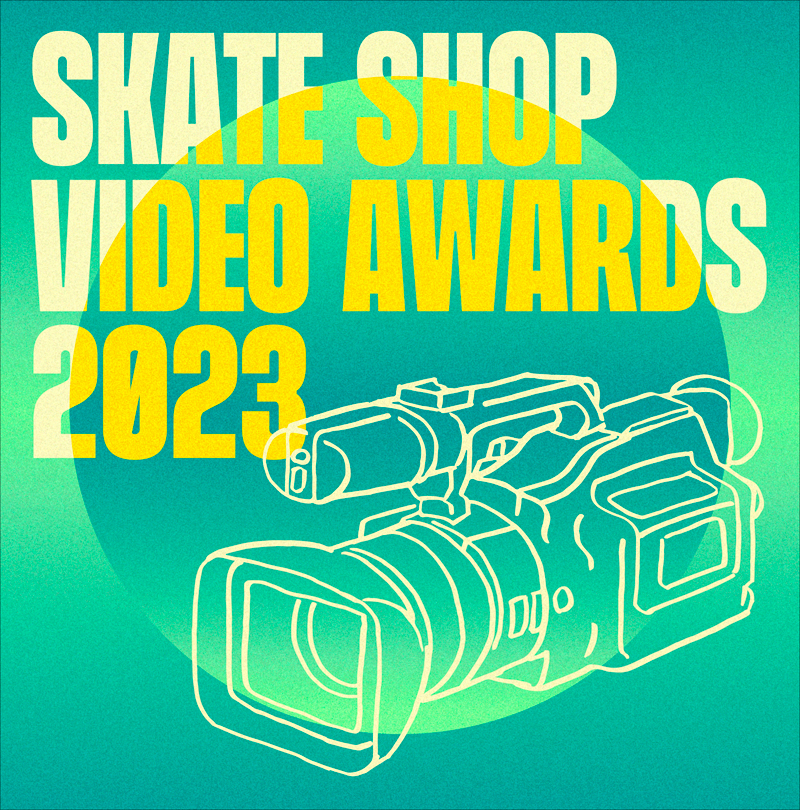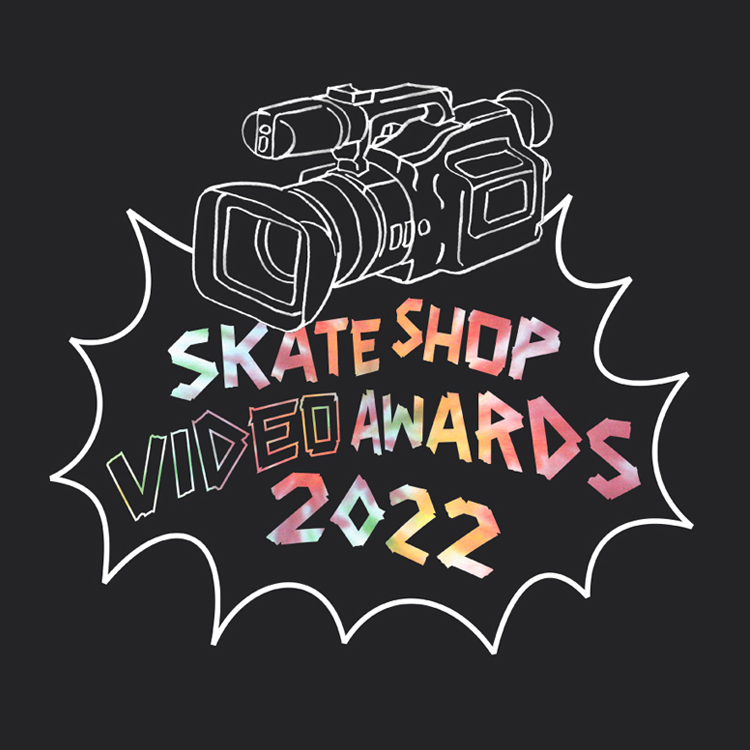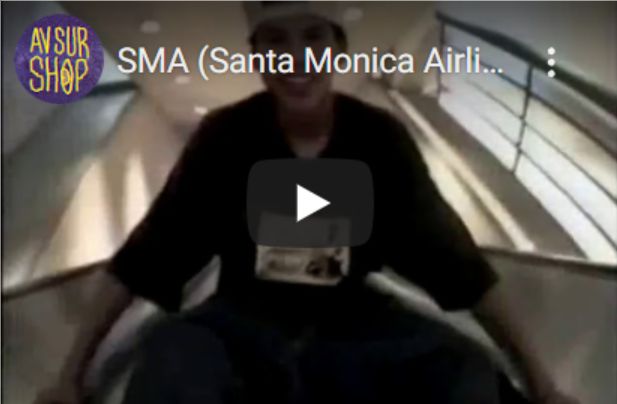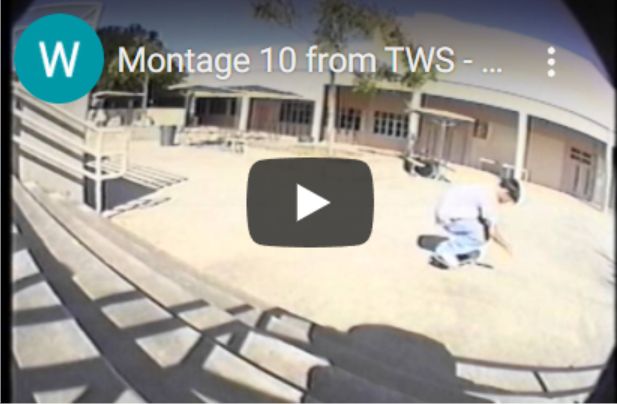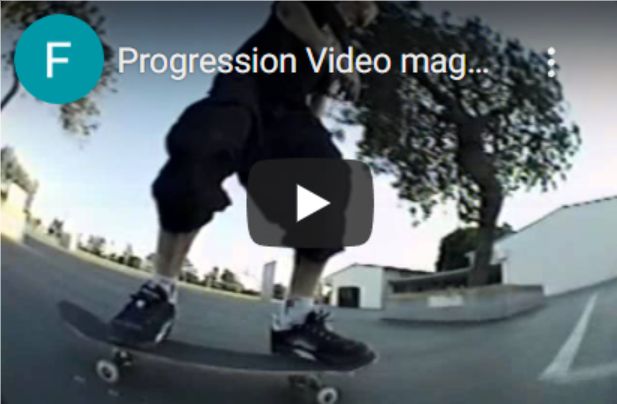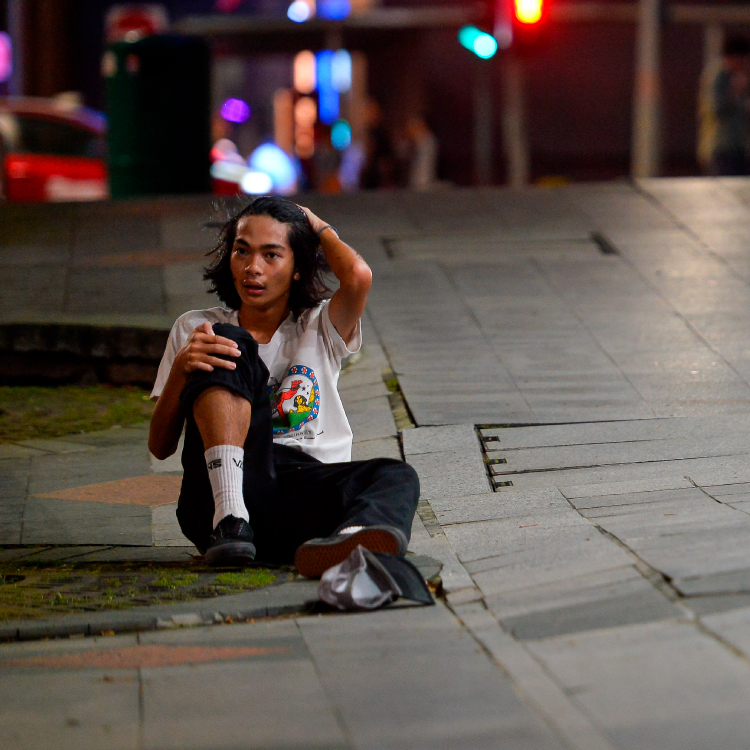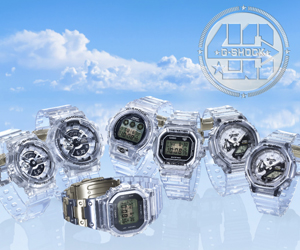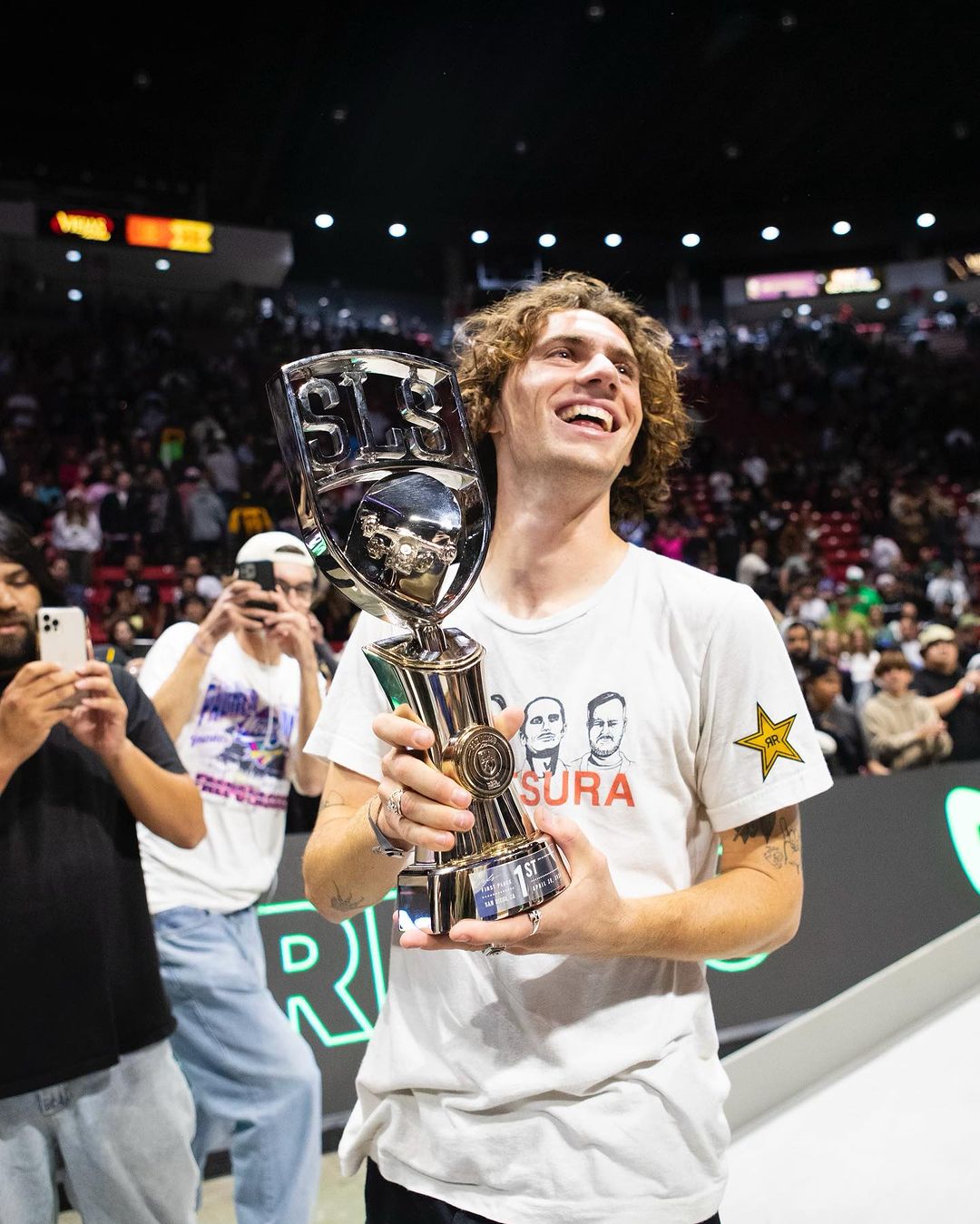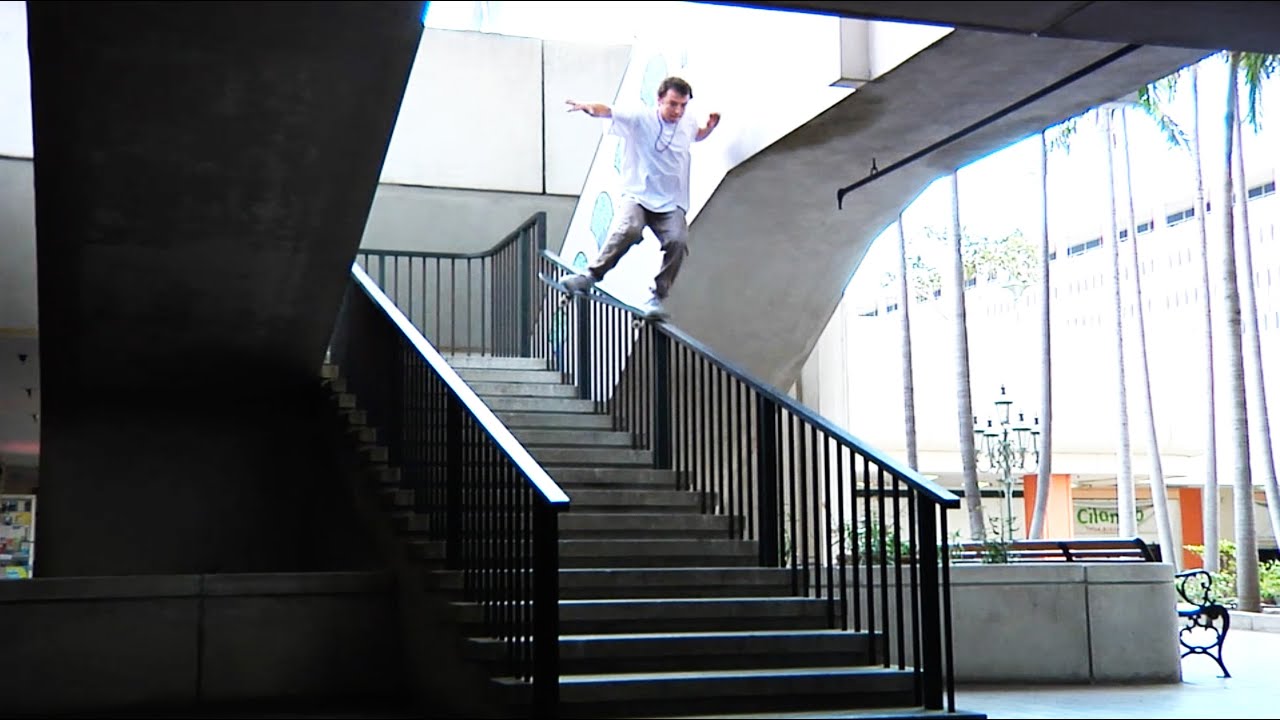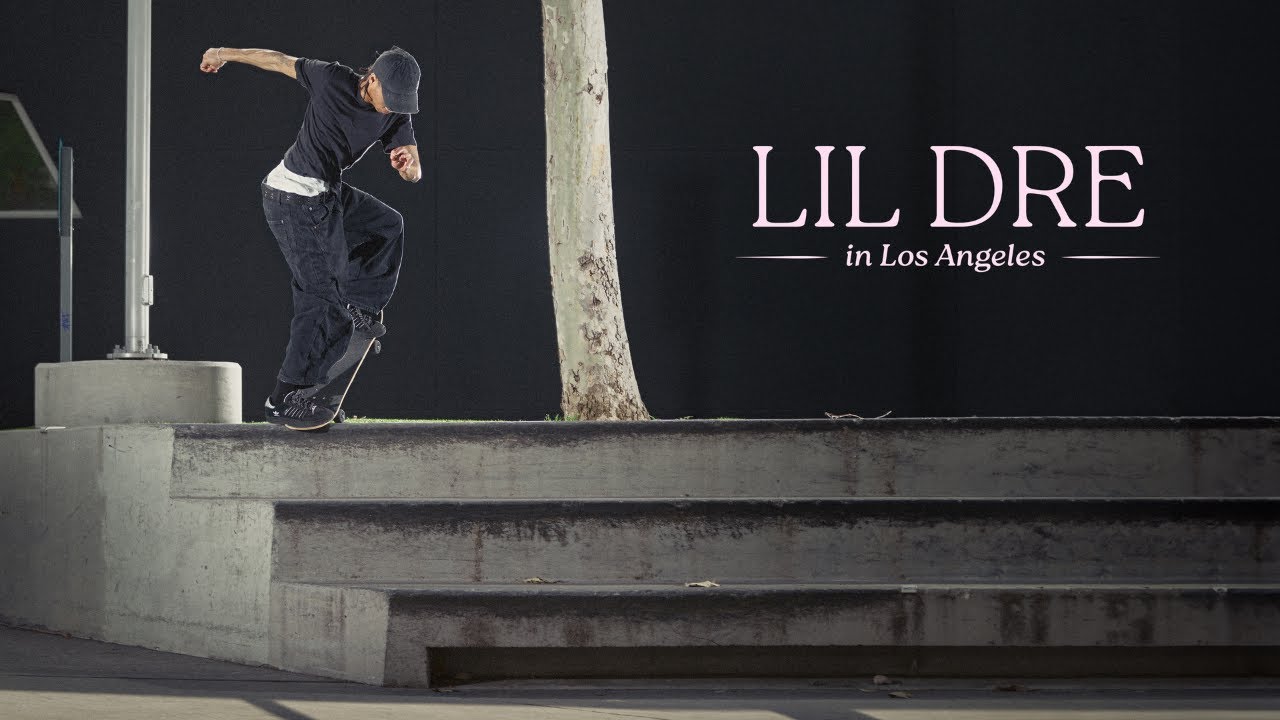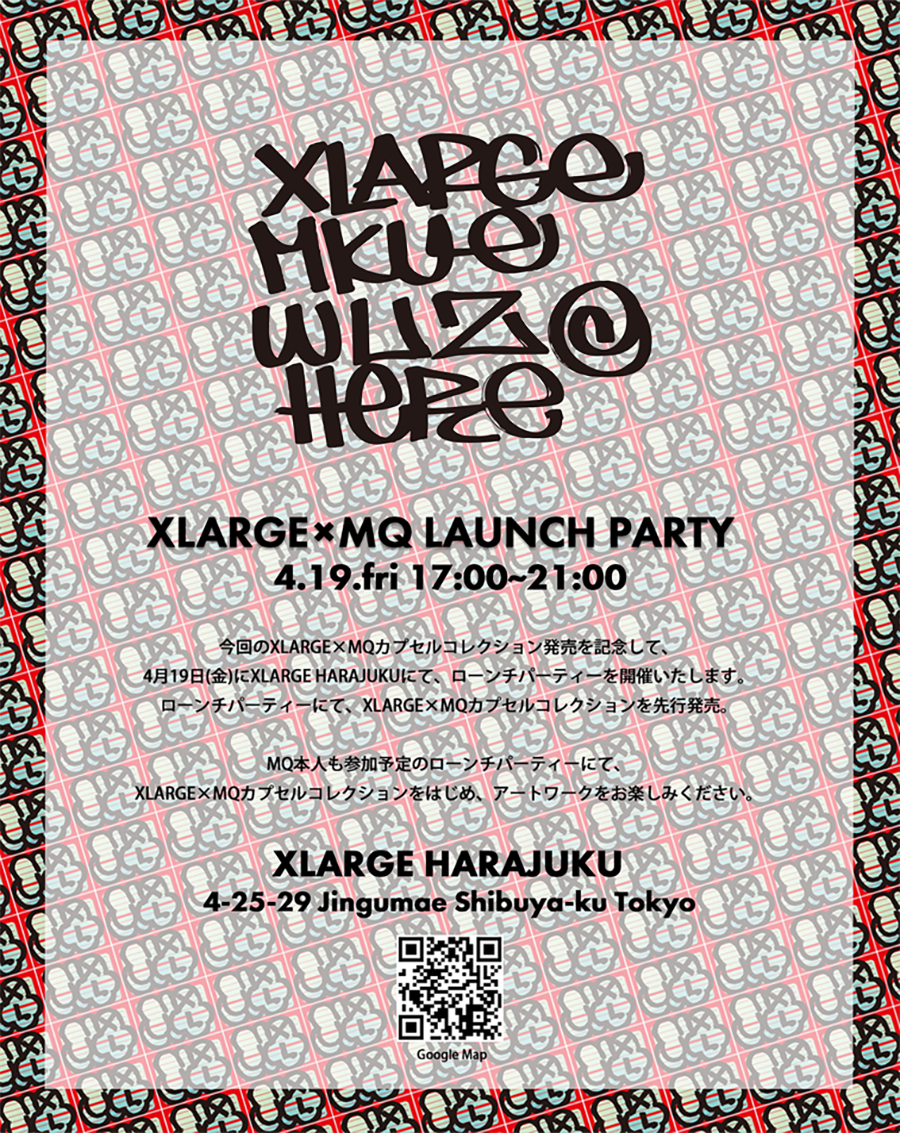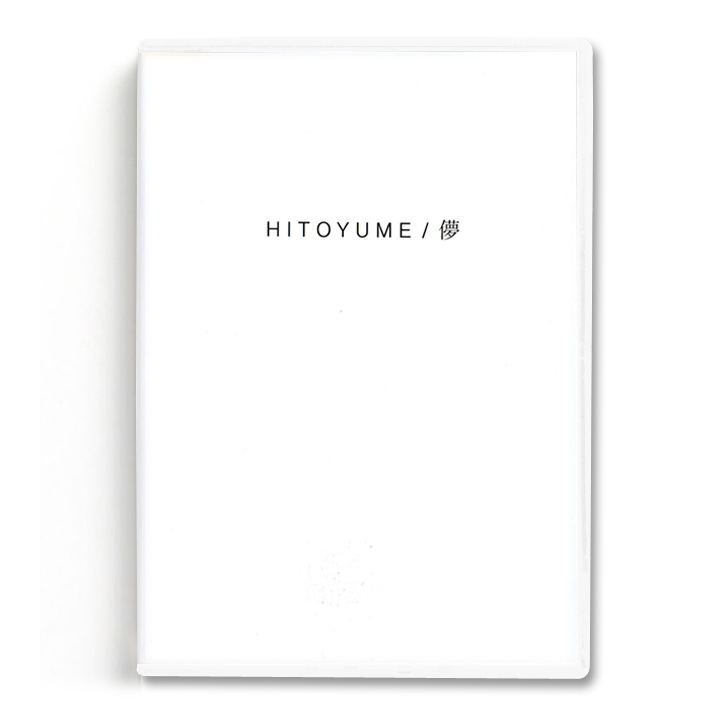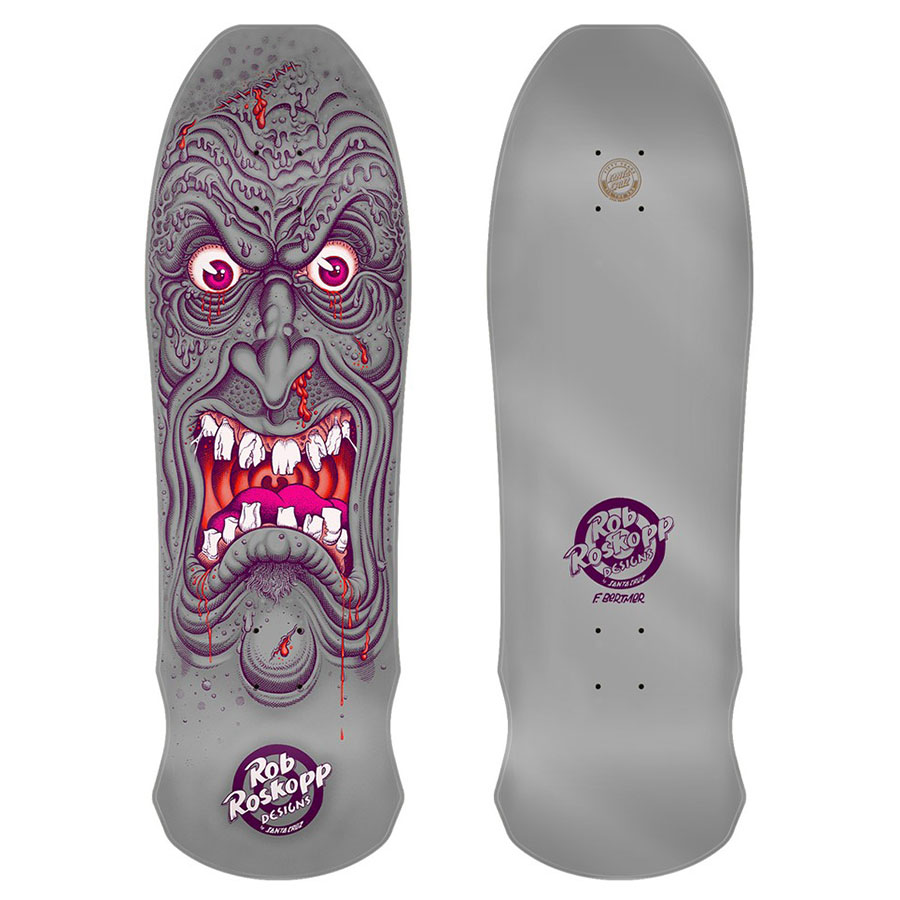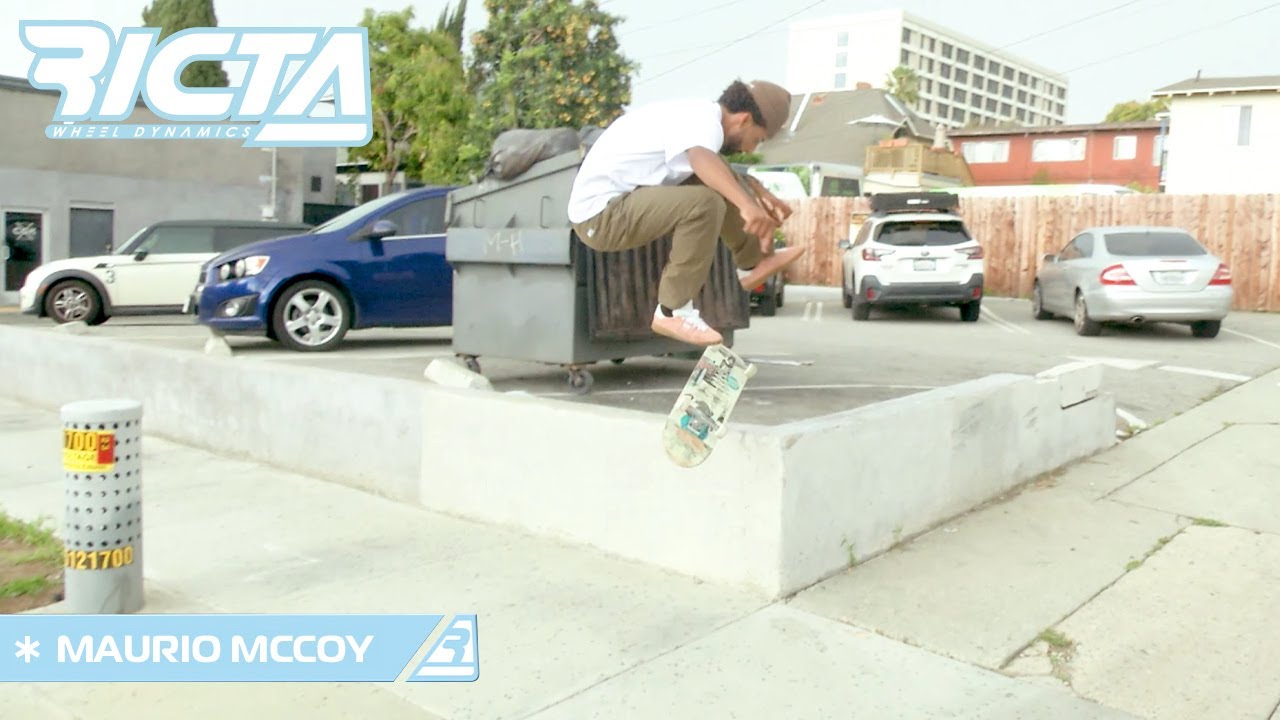A pioneering Japanese skater who made his mark in the US. This is another "HIDEO" who took the skating world by storm before Hideo Nomo did the same in Major League Baseball.
──HIDEO SAKURAGI (ENGLISH)

[ JAPANESE / ENGLISH ]
Photo_Yuichi Ohara
Special thanks_VISTAS CO., LTD.
VHSMAG (V): When did you first start skating?
Hideo Sakuragi (S): I was 14 years old. I think it was around '87 or '88. I had been playing soccer for a long time, but when I saw a guy in the soccer team doing tic-tacs, I was like, "You can do that?" I didn't really feel comfortable with club activities or group competitions, so I started skating while playing soccer. One year younger in junior high school we had Nobuaki Tsushima, and his older brother invited me to skate with him at a local spot Zushi Sports Park and introduced me to his skater friends. That's when I met Jin Takayama. I couldn't even ollie straight. They had a jump ramp and they taught me to say "yeah!" when people landed their tricks. I got more and more into skating. I later met Uru (Masanori Uruma), a photographer Ucchan (MORiH), and Yana (Yuh Yanagimachi) there.
V: Who was your first sponsor?
S: I wasn't sponsored in Japan. There was a shop called WILD BOY'z in Yokosuka, and I became a team member there with Kame (Yuichi Kameoka), but we weren't sponsored. At the time, there was a contest sponsored by WILD BOY'z and I came in second. Satoshi Kawamura was there as a guest, and Sooyon (Koichi Hasegawa) was a badass. Skaters from all over Kanagawa were there. I did super shitty at contests after that though.
V: You're one of the early members of NewType, right?
S: Yeah. I started practicing until late at night every day from 15, so people started calling me "the training Sakuragi (laughs)." The first Tokyo skater I became friends with was Odacchi (Koichi Oda). That's how I started going to Jabu Jabu Ike in Shinjuku. It was around '89 to '91. I joined NewType at Jabu Ike.
V: So you joined NewType a few years after you started skating. That's pretty quick.
S: Back then, it was all about skate videos, so I bought the ones that came out every two months and watched them over and over... Toru Yoshida and Lupin were the most important figures at NewType. Junnosuke (Yonesaka) and Kampo joined, and I was the third one to get on the team. And then Odacchi followed the same evening. Odacchi got on by licking Toru or Lupin's fingers (laughs). By the way, I went to America right after I joined NewType.
V: Were you in high school at the time?
S: I dropped out of high school and moved to America by myself to skate in the summer of '91, when I was 17 years old. I told my parents, "I really wanna go to America so I gotta quit high school." They got really angry. So I ran away from home (laughs). Why did I want to go to America? It was the skate videos. I was watching Radical Skaboards in Japan, too. I looked up to Kuririn and Satoshi Kawamura... Takeshi Yoshiga and Hacchaki also had a big impact on me. I think Takeshi Yoshiga was the first person in Japan to do a 360 flip. That was in front of Arktz.
V: So you moved to America about three years after you started skating. Did you move to Vista, California?
S: That's right. I got blown away by H-Street's Shackle Me Not and Hokus Pokus and moved to Vista (laughs). I watched Matt Hensley's 360 flip line at least 3,000 times. Then in March of '91, when I was 17, I went to San Diego for a week as a tourist. I met Gator before that big incident and skated with him. He gave me a bunch of stickers and was super nice. And in August of the same year, I moved to Vista as a student.
V: That's pretty quick again... (laughs). Did you know anyone there?
S: No. I stayed at a host family's house in Vista. It cost $500 a month and it included breakfast and dinner. But the son at the house was skating. Vista has all the skate spots that you see in the videos. The house was at the top of a hill, and as soon as I walked down it, I'd find spots I saw in videos. I was so hyped. I definitely remembered all the spots from the videos I had seen so many times. I thought I'd get lost if I went too far, but I gradually expanded the area. I didn't speak English, so I had a small dictionary and $5 in my pocket. Then skaters would suddenly appear....
V: That sounds like paradise.
S: Yeah. At the time, I was blown away by This is Not the New H-Street Video, and the spots in that video were in Vista. There's a spot in that video where Hensley ollies a fire hydrant and does a 360 flip tail grab at the end. One day I was pushing around and that spot suddenly appeared, and the moment I saw it, I dropped my board out of my hand (laughs). I was like, "Shit, this is it! This is where I wanted to come!" I was super stoked and skated there all day.
V: That's dope.
S: Also, skaters would gather at the church where Hensley was doing a one-foot 360 ollie tail grab and we'd have a session on the curb. Vista is a small town packed with all kinds of spots. Danny Way and Steve Ortega were in Vista. Brennand Schoeffel and Mario Rubalcaba were also there. By the way, a Vista skater told me that Steve Ortega taught Hensley how to do 360 flips. In '91, Hensley was about to retire from professional skating. He had been in a band for a while and there was a rumor that he was moving to Chicago. And one day, he and his band mates suddenly showed up at the church spot on their Vespas. All Vespas, like a motorcycle gang (laughs). Anyway, we were skating there and Hensley showed up, and the Vista kids were waving their hands like, "Hey Hensley!" Then a little while later, he came back with his board. He wasn't really skating anymore but he came back. I was trying a nosebluntslide on the curb, and Hensley came over and started sessioning with me. He was trying to do a backside nosebluntslide fakie out. But he couldn't do it. I was so nervous that I couldn't do it too (laughs). Then Hensley gave up and easily landed a normal nosebluntslide. Then he looked at me and smiled like a monkey (laughs). Then we skated for a bit and he left. I was super happy that day. A few months later, I was skating by myself at night. Hensley suddenly showed up on his Vespa again and we had a late shove-it session. I knew about Hensley's retirement when I was still in Japan, so I knew that I had to go to America as soon as possible. It was great to be able to skate with him twice.
V: That's an amazing experience.
S: Around '90 to '91, Hensley concentrated more on his music and didn't skate as much, and Steve Ortega and everyone else weren't skating as much anymore. At the time, Mario Rubalcaba moved from Alva to New School, and Ortega and Schoeffel moved from H-Street to Poorhouse. That was around the time everyone left Alva and H-Street. In '91, Ortega started flowing me boards at Poorhouse. I used to go to Mario and Ortega's house to listen to their guitars before we went skating. Hensley was moving to Chicago, so I went with Ortega and Mario to his apartment with a bunch of beers to give him a farewell party... But it was after he had already moved out. Ortega was like, "fuck," and threw an empty beer bottle in the empty room. Hensley left his broken red Vespa outside. I still remember that.
V: That sounds like a scene from a movie.
S: How I met Frank Hirata was also amazing. There was a Jack in the Box next to the spot where Hensley did the line I mentioned earlier, and I was eating a burger and looking out the window. I saw a skater skating and it was Frank Hirata. I had seen his video part in Powell Peralta's Propaganda in Japan, so I was like, "Holy shit!" We became good friends from there. I also started hanging out with Danny Way a lot, and he brought in all kinds of pros like Rick Howard and Pat Duffy. I was skating alone at a supermarket spot until like 11pm, just like I did in Japan. It seemed that Danny Way had brought Wade Speyer with him when I wasn't there, and I got a call from him saying, "Why weren't you there today!?" Danny was always saying slang to me and laughing at me. He'd say things like, "You're a panhead!" because I look like a frying pan... He liked to throw house parties, so I was often invited. He had a house on the top of a hill with a huge vert ramp at the bottom. He'd gather skaters from Vista and have Plan B's first video Questionable premiere at his house before it came out. After that, he showed me something mind blowing. Something I can't talk about here... I still remember that (laughs). Also, on a different day, in the morning of a house party, I picked Danny up on the back of my moped and we went to eat tacos. The moped was super slow. Ken Block was also walking to the same taco store, and he was faster than us. Ken was laughing his ass off (laughs).
V: How did you connect with Danny Way in the first place?
S: Vista is a small town. I think I was the one who spent more time skating than anyone else in the town. I was never talented at skating. So I had to skate more than anyone else and I was skating until late at night. I think Danny saw that and sympathized with me, and took me under his wings. There was a local crew called VSL (Vista Skate Locals) in Vista, and being a part of them was the best thing that happened to me in skating...
V: You were influenced by H-Street and crossed the ocean to get to Vista. It's amazing that you got accepted by the local community.
S: That was what I wanted the most. I couldn't speak English and I didn't have a cell phone, so I think everyone was probably like, "Who's this Japanese guy with a skateboard and a dictionary?"
V: Going to America in this day and age is a different story. Nowadays, we have social media so we have some kind of information, but back then, you had to actually go there and start from scratch.
S: I was skating nonstop back then. Tricks changed drastically in six months, like pressure flips and late shove-its. Then around '92, Danny's brother Damon told me, "Danny said he was going to put you on World Industries. You should talk to him." But I was getting boards from Poorhouse. So I checked with Danny, and he took me to World Industries' office. I had only been skating for three years at the time. Danny told me to show Steve Rocco a trick, so I showed him a flip trick outside. I was so nervous that I couldn't land it... then he said, "There's a contest coming up, I wanna see it there." I wasn't into contests but Danny told me not to worry, it doesn't matter what place I get, just go for it. At first, the MC introduced me as "World Industries' Hideo Sakuragi," but I sucked and Rocco told him to change it to "Plan B's Hideo Sakuragi." Maybe Rocco wanted to put me in Mike Ternasky's Plan B instead of his own company. So for the first run was World Industries and the second run was Plan B. That was pretty embarrassing (laughs). Daewon Song was skating as an amateur in the contest. I did so shitty in the contest that it made it hard for me to contact World Industries... Danny said to me, "Why did you quit World Industries?" But I had gone out with Ternasky and Danny to film Questionable. A local from Vista, Chris Hoy was there and his footage was used in Danny's part. I couldn't land the trick I was trying that day, so I didn't make it in Danny's part.
V: So, that means if it had gone well, you might have had a clip in Danny Way's part in Questionable... That's insane.
S: Yeah. I'm just sitting with Mario and Chris in the background where Danny does a switch varial flip at the stairs outside the stadium (laughs).
V: I'm of the generation that was fully influenced by World Industries and Plan B. Have you ever thought about what would have happened if you had contacted Steve Rocco and joined World Industries even though you skated shitty at the contest? Maybe you would have had a part in New World Order.
S: First of all, I couldn't speak English. I didn't know how to talk to him on the phone. The contest was a disaster and no one was there to translate. Besides, I hadn't skated for a long time so I didn't think I was good enough. I guess Danny liked me because I was skating all the time. I think he thought I'd be good in the future. Danny sees things in skaters. It would have been a dream come true, but I wanted to be on the same team as the skaters I was skating with, and I was getting boards from Poorhouse through Ortega. I also started skating with Frank Hirata a lot. And he asked me to skate for SMA... I actually have a clip in SIMS' The 2nd Coming in '91. It was a late shove-it over a gap and I slammed my head on the ground. That gave me a concussion, and Frank bursted out laughing. Frank replayed the clip over and over again and laughed at it. For some reason, that slam got used in the credits. That's the first time my footage was used in a skate video (laughs).
V: I see. Frank Hirata got you on SMA. This was your first sponsor in America, right?
S: That's right. That was the first time I was really aware that I was sponsored. Ortega flowed me boards and Danny took me to World Industries, but the first time I felt like I was sponsored was when I joined SMA in '92. That's when Freedom of Choice came out. Joey Suriel and Israel Forbes were in it, and I had three tricks in the credits.
V: That's when your skating was used in a skate video, instead of a slam.
S: This video was due three days after I got on the team, so Frank and I filmed them quick in Oceanside. Dave Swift, a photographer from TWS, was there that day to shoot photos for Frank's interview. I didn't think he was shooting any photo of me, but local kids in Vista were like, "Hideo, you're' gonna to be in the next TWS Check Out." I think it was the June '93 issue, and it was a sequence of a trick I did in Freedom of Choice. I didn't know he was shooting that.

V: What are those messages in the article?
S: It was supposed to be a surprise from friends in Vista.
V: Nice. What's "oki monko" in Steve Ortega's message?
S: That's "Okii Manko (big pussy)." It's just a joke. I was asked how to translate it into Japanese.
V: I see You were sponsored by Speed Wheels and etnies. You had a Speed Wheels ad in the November '93 issue of TWS.
S: It's a sequence of a switch inward 360 heelflip. It's a screengrab of a video clip. I filmed it at the stairs in UCLA in Santa Monica. Just around the time my Check Out came out, I had to move to Huntington Beach for school reasons.
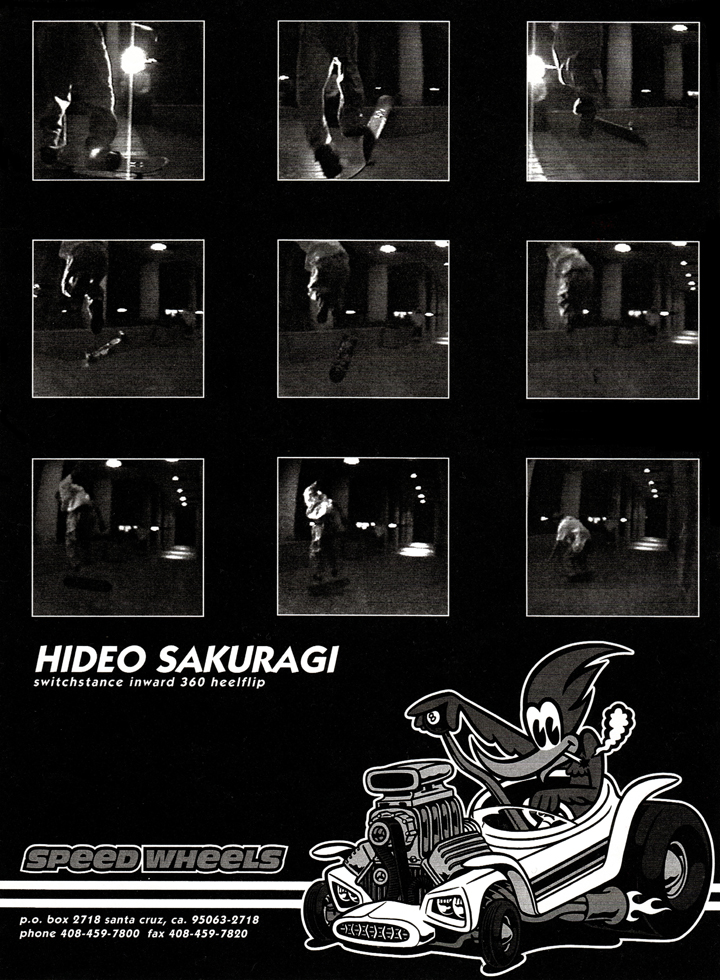
V: How did you get on etnies?
S: It was after I left Vista. I really wanted to go to Huntington High School, which I had seen in a New Deal video, so I skated there from where I lived. It took me about two hours... The ground was rough and it was a four hour round trip. I thought, "I can't do this every day! I've come to a really bad place!" Then I found out that there's a bus... Now I could go there in about 30 minutes. That's when I met Justin Ortiz from Black Label. I was getting three boards a month from SMA, but I didn't have any at the time so I bought a World Industries board and I was skating it. Justin saw it and thought I skated for World Industries. We got along super well and became roommates. Then one day, Pierre Andre, the owner of etnies, came to the house with a pair of Sal Barbier or Natas Kaupas signature shoe for Justin. Justin asked Don Brown if I could get on the team but he refused. At that time, NISI (the late Masanori Nishioka, aka Devilman Nishi) was in California, and he told me to come down to San Diego for a photo shoot for Fine Magazine. When I told him that I couldn't get on etnies, he said, "I know Pierre, I'll tell him." Then suddenly Don Brown called me and said, "I heard from NISI that you're a Japanese Superstar. Whenever you need shoes, just come to the office." I was like, "No, I'm not famous in Japan at all..." By the way, I started filming with Justin and that became SMA's El Video Numero Tres in '93. This was the first legit part for me.
V: That part was super technical.
S: I'm doing a switch backside double flip down stairs. I had to go back every night to get that one. Inward 270 heelflip noseslide fakie was easy.
V: I don't think anyone is doing that trick to this day. Same with the switch bigspin inward heel. You were way ahead of time.
S: It was... You know, there was a skater I admired, Marckus Windham who skated for H-Street. He only had one or two tricks in videos, but he was doing pioneering tricks. In '89, he was doing a pop shove-it 5-0 on a handrail. In Planet Earth's Animal Farm in '93, he did a switch inward 360 heel and a switch bigspin inward heel. That was really cool and I practiced them. That's how I did that trick in the Speed Wheels ad I mentioned earlier, and Markus Windham was the first person to do the trick. I think I was the second one (laughs).
V: After Huntington Beach, you also lived in San Jose, right?
S: Before that, I got kicked out from high school for not going at all. So I moved to Laguna Niguel in Orange County to concentrate on my high school studies and graduated. I was still on SMA at the time, so I wanted to go to San Jose where all the riders were. I also wanted to go back to Vista, but SMA was under NHS in NorCal. I became friends with Paul Sharpe, Tim Brauch and Jason Adams at SMA, and I met a Thrasher photographer named Lance Dalgart.
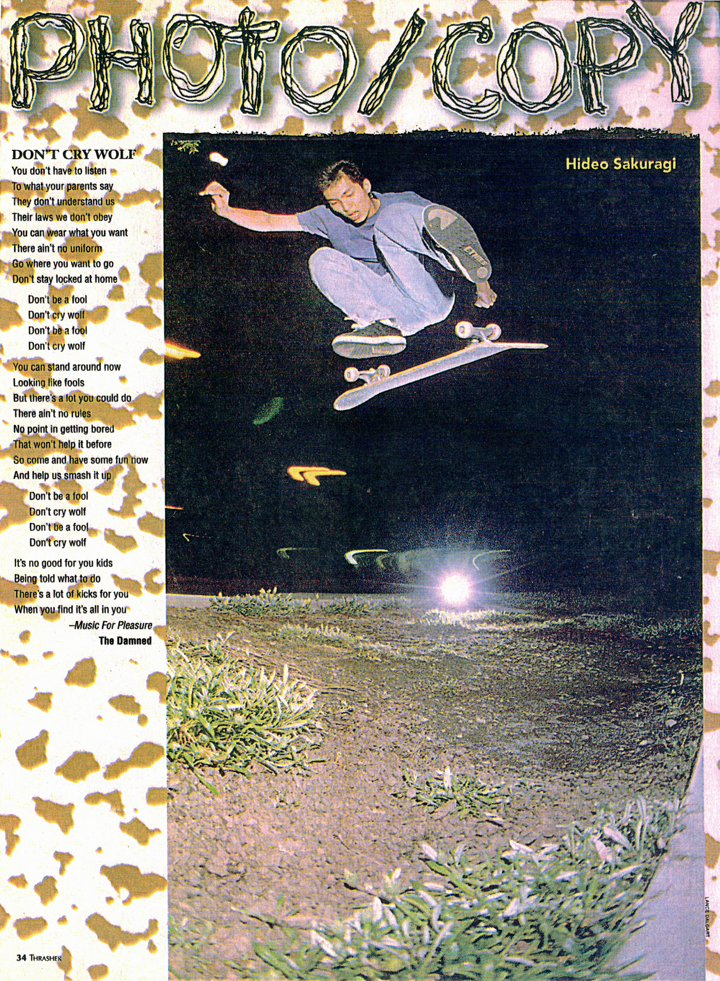
V: You were in a lot of other videos after the SMA videos.
S: Yeah, like Thrasher's second video and Sponsor Me!
V: Was your footage in Thrasher's Sponsor Me! filmed while you were living in San Jose?
S: Yeah, in San Jose. I was staying at the Mendoza brothers' place I met in San Jose. I think it was '94. I always had a Hi-8 video camera with me. KE from VHSMAG was living in California and he filmed some of the footage. When I was living in San Jose, I was close to Steve Caballero's house. Matt Eversole and Salman Agah too. We skated together on a regular basis, and when you're friends with someone, you don't think of them as famous. But... he's amazing. I also remember him showing me a lot of Godzilla figures in his house. So after living in San Jose for a year and a half, I moved back to Huntington Beach. That was because SMA went out of business. So when I had the Thrasher's Check Out in December '94, I didn't have a board sponsor.
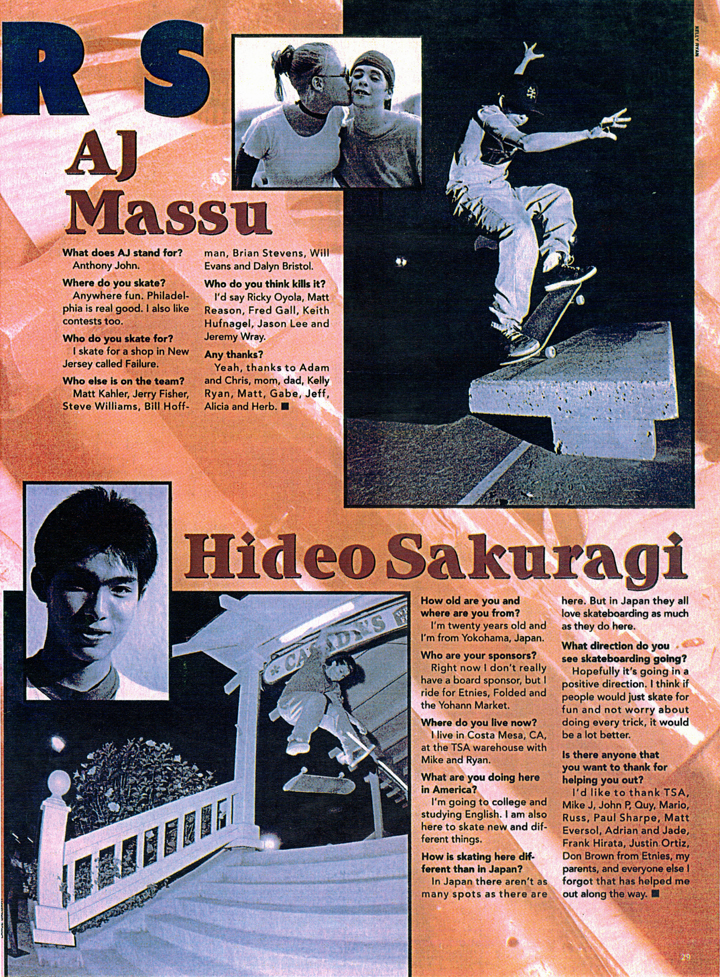
V: It says that the sponsors are etnies and Folded.
S: Folded was Frank's apparel brand. This was right around the time when Shin Okada came out with Prime's Fight Fire with Fire in '94. But Masao Mizuno had a solid part before me in the Z-Skates video, right? I didn't know that until now.
V: That was Devastation in '91. I think he's the first Japanese skater to have a part in an American video, but I think you're the first Japanese skater who moved to America and made a mark in the skate community.

S: But, as I said before, I didn't have any talent. So everything I accomplished in America was hard work. I was a guy with no talent practicing every night, carrying around a video camera. To be honest, when I got to skate with Hensley, my dream as a skater was fulfilled. I was ready to quit skating. I didn't even think I'd be in skate videos. I was in 411VM's etnies commercials and Switch section, and it was so fun to see myself in videos with all these different skaters. That's why I bought my own video camera and carried it with me all the time. I'd learn new tricks, so I wanted to get them on tape.
V: That's why you were able to appear in so many different videos.
S: In '94, Shin Okada finally appeared in an American video, but at that time I was thinking, "Why are there so few Japanese in videos?" I was in videos and there were no Japanese at all. After that, Junnosuke (Yonesaka) and Soichiro (Nakajima) came into the picture. Ishiko (Junichi Arahata) contacted me every time he came to America. In those days, distributors started to buy flights for their riders and also invited American skaters to Japan frequently. In my day, there were no distributors. I got help from my parents, went to a language school on a student visa, and worked part-time at a skate shop. But I was most surprised when I saw Soichiro. I was like, "Who is this Japanese skater?"
V: Wheels of Fortune in 411VM. He had an opener too... He also had a lot of photos in magazines.
S: In America, having a part or two is not really enough to be recognized. I think the Japanese skater that really made a mark in America back then was Soichiro. He was in American magazines around '00. I never had a trick in 411VM's opening.
V: But the number of videos you've appeared in is quite impressive. What are some of the memorable videos other than the SMA ones?
S: I think it's the NC Shop Industry section in 411VM in '96. I only have one trick but I get introduced like, "This is Hideo." It's a fakie backlip on a handrail. I think I was the first person in the world to do this trick on a handrail. That was a tough one. I was living with the assistant editor of 411VM for a few months at the time, and he said that if he hadn't used it for Industry, he would have used it for the opener. I also had a part in NC Shop's Montage that came out the same year. I also had four tricks in TWS's 3rd video Greatest Hits that came out in '97. I think Shin and I are the only Japanese who made it in a TWS video. That's how high the bar was at TWS. I was also in the friends section in XYZ's Stars and Bars in '95. It's a skate shop owned by Danny Way.
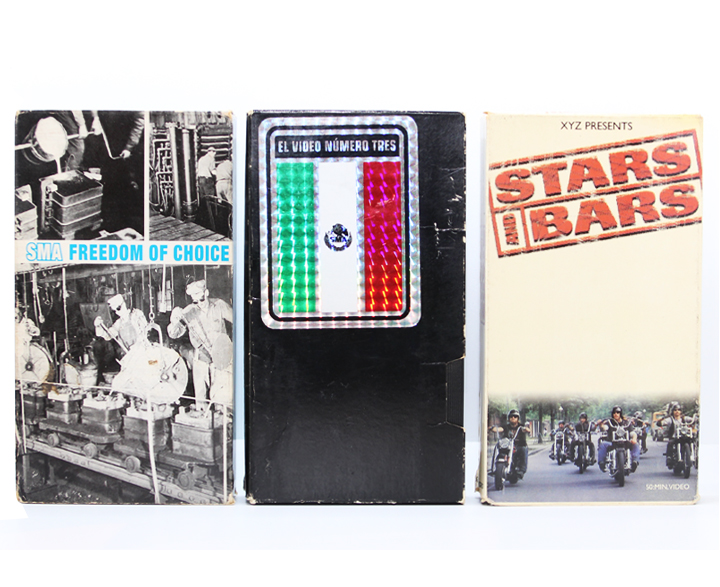
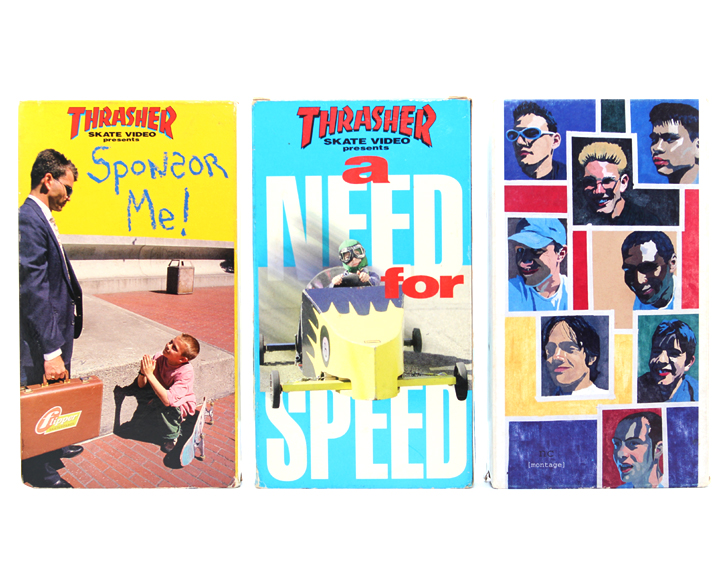

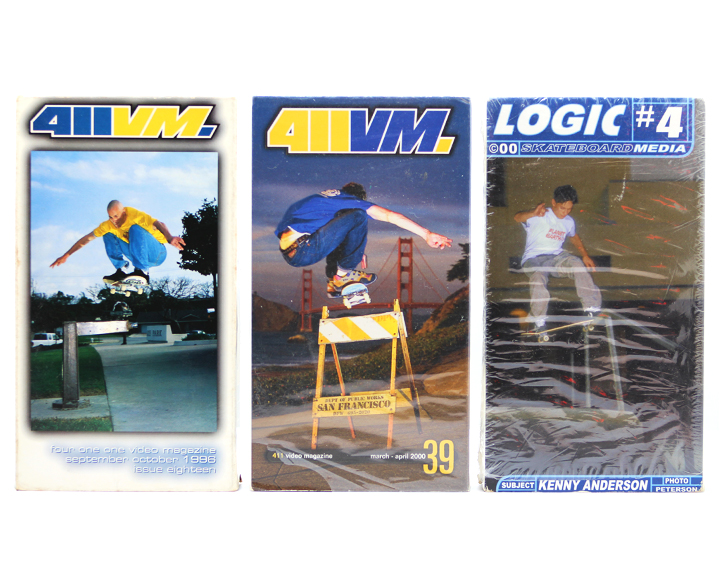

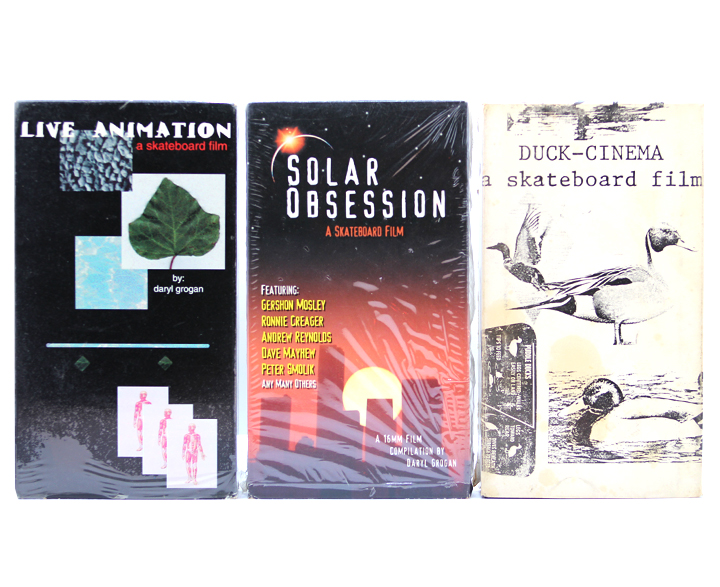
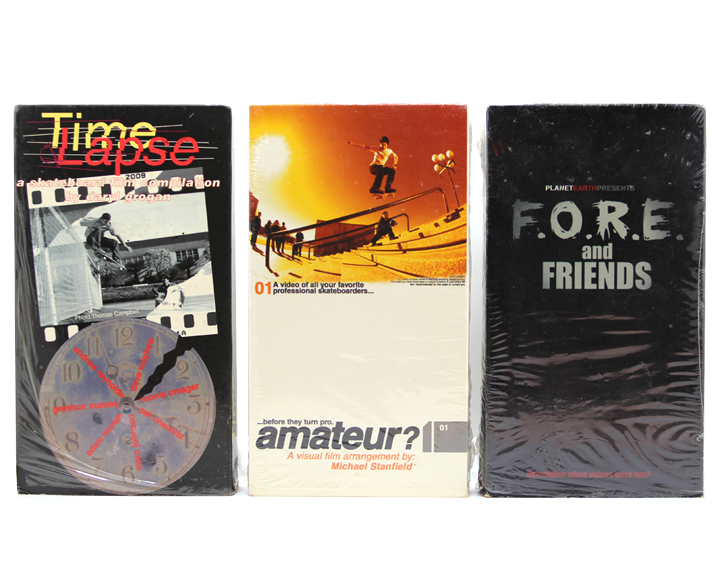
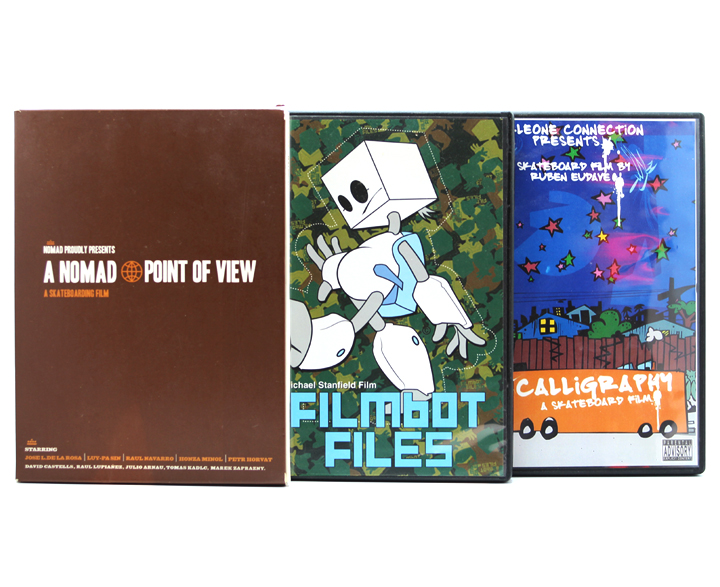
V: You moved to the U.S. in '91, and worked your way up in the local skate community and left a mark. You've paved a way for Japanese skaters. That's pretty big.
S: But there were many other Japanese who came to America. Mune (Munekazu Kitajima) and Jima (Daisuke Miyajima) came, and Kenta Iijima was in San Diego for a long time. Yuichi Ohara was there for a long time, working at Network 17 and appearing in 411VM. Ken Goto is still in SF. And now we have Yuto Horigome. That's the DNA of skating in Japan. When I started skating, I admired Kuririn, Satoshi Kawamura, Takeshi Yoshiga, Hacchaki, Yoshihito Kawada, Yoshifumi Egawa, Akira Ozawa, Saluda, Wataru Nagashima and so on. I watched Japanese skate videos like Radical Skaboards and read OLLIE Magazine made by NISI. I can't do anything by myself. I met Nobu (Nobuaki Tsushima) and Jin (Takayama), and we grew up together skating at Zushi Sports Park. All that history is really important.
V: For sure. By the way, when did you return to Japan after your time in America?
S: I was in Huntington Beach and Costa Mesa for six years from '95, and returned to Japan in '01. I graduated from college that year. I was working part-time and skating all the time, so I didn't go to school at all. To be honest, I thought I wanted to go back to Japan soon. I wasn't good at English, and all I liked was skating. Like I said before, it was my dream to go to Vista and skate with Hensley. But it was nice to go to America while I was young, to experience something special.
V: You run a distribution company called VISTAS. Did you take the name from Vista in California?
S: Yeah, I did. My time there was important. I started it in the mid-00s. When I came back to Japan, I just couldn't feel the same excitement I had in America... I didn't want to be in Japanese magazines, and the only video I wanted to be in was FESN by Takahiro Morita. I had to work so I didn't have much time to skate. I started to suck at skating. I'd hear people say, "He's not so good anymore." That's when I started the distribution company, and it was fun (laughs).
V: You had a pro board from NOMAD in Spain.
S: When I started VISTAS, Habuchin (Yoshio Habuta) told me about NOMAD. That's how I started carrying NOMAD, and the owner knew of my videos in America. I've never been to Europe but they offered me a board. I was super happy. I also carry Darkstar, sml. Wheels, Andale, etc. I met Chet Thomas, James Craig, Joey Brezinski in America, which led me to where I am today.


V: It's been 30 years since you moved to America in '91. Looking back, what do you think about all the things you've done?
S: Nothing really... (laughs). But I feel like I've done it all. I may not have had many parts, but I was able to appear in 26 videos.
V: Do you have any advice for young skaters who want to make things happen overseas?
S: Definitely don't go in a group. It's better to go alone for sure. I think the key to being successful in America is to become an American while remaining Japanese. I think that's the key. It's good to go abroad after getting support from a distributor, but it's also fun to fight alone and start from scratch.
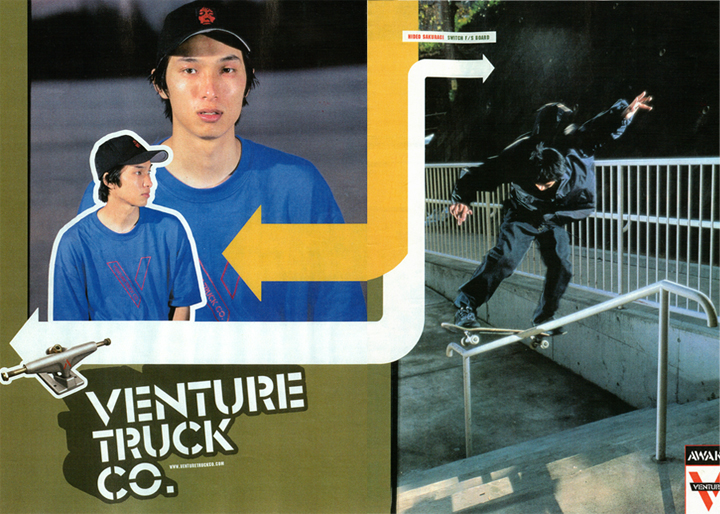
Hideo Sakuragi
Born in 1973 in Zushi, Kanagawa. He moved to America by himself in the early 90's and skated for SMA and other brands. He's appeared on Thrasher and TWS, and in a total of 26 international videos. He's the pioneer of Japanese skaters who made a name for himself in America. He's currently running VISTAS CO., LTD.

